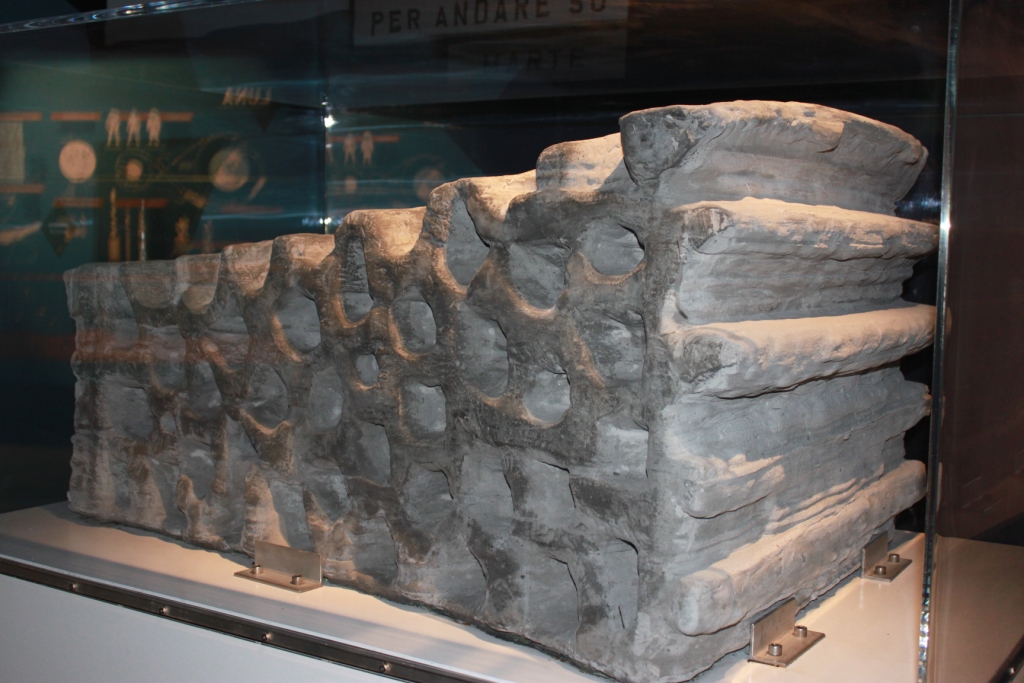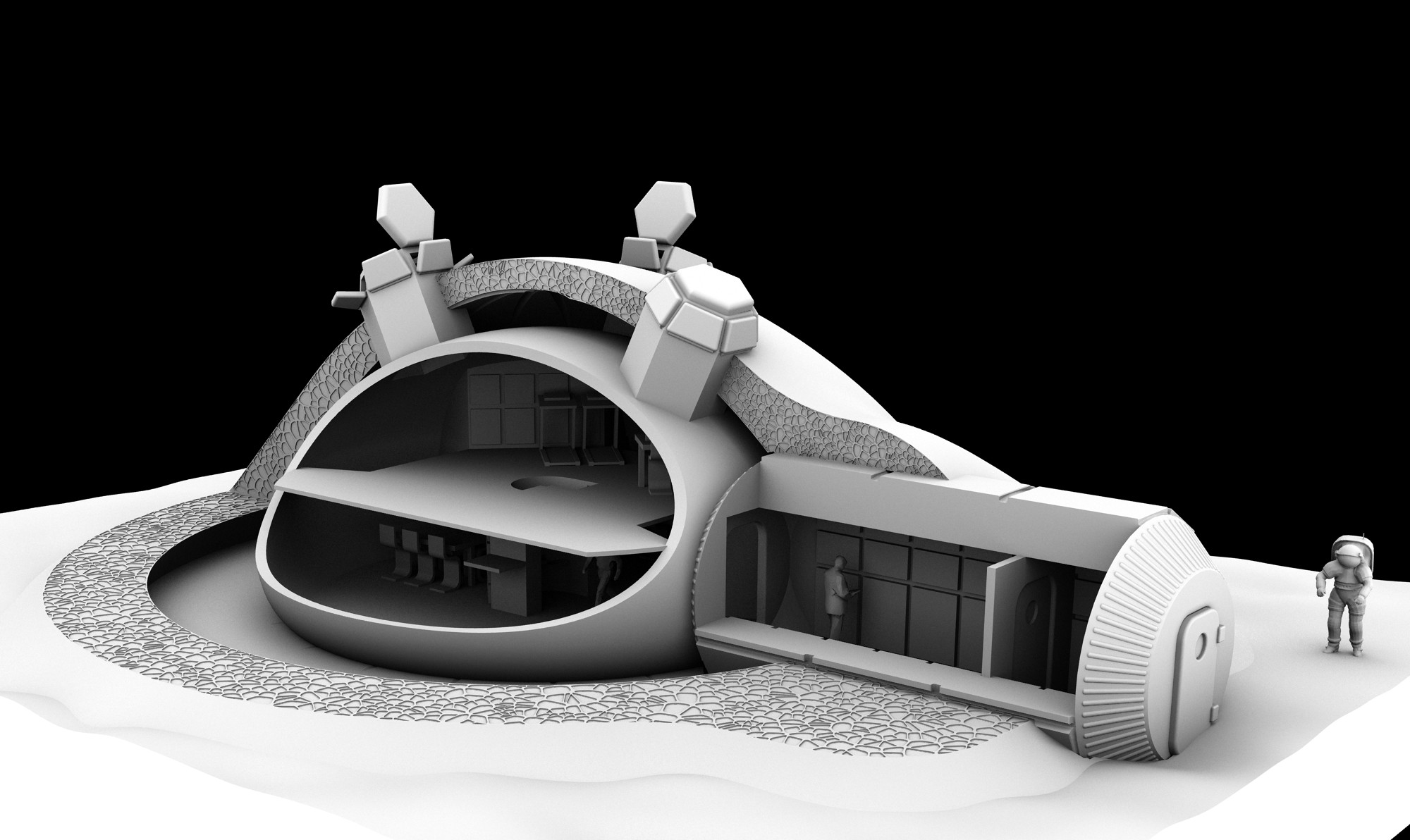Moon Dust Bricks

A half-ton building block made as a demonstrator. Photo source: ESA
On Earth, they began to build of “moon bricks”: European researchers are working with dust that mimics the moon so that later astronauts could build a habitable base on our natural satellite from something like this, thus paving the way for mankind’s space exploration.
The surface of the moon is covered with fine gray coarse dust. Powder-like particles are everywhere there — and this natural resource is likely to become the ideal material for making bricks. After all, it can be further crushed, compressed and burned.
“The bricks on the moon will be made from its dust,” says Aiden Cowley, an ESA scientific consultant with extensive experience working with lunar soil samples. “You can create solid blocks to build roads, pads or shelters that protect astronauts from the effects of unfriendly environment. "
')
Teams of researchers in Europe view lunar dust as a starting point in the plan for building a long-term satellite base and stopping the supply of structural materials from Earth.
Spaceship EAC - we study lunar regolith. Video source: ESA
Lunar dust production "made in Europe"
The lunar soil is a basaltic rock, mainly representing silicon compounds, which is not uncommon for celestial bodies on which volcanic activity took place.
"The moon and the earth are united by a common geological history, and therefore it is not so difficult to find raw materials similar to what will be used on the moon in the remnants of terrestrial lava deposits," explains Aiden.

Layout printed on a 3D printer lunar base. Image source: ESA
About 45 million years ago, near Cologne, Germany, volcanoes also erupted. Scientists from the nearby European Astronaut Center (European Astronaut Center, EAC) found volcanic dust in this area, its properties and composition very similar to that of the moon. And the "deposit" is very rich.
Found a substitute for lunar dust "European production" was named EAC-1.
The EAC Spaceship Initiative (literally “EAC Spacecraft”, a program to support applied projects in the space industry) is working with dust samples to prepare technologies and concepts for the upcoming exploration of the Moon.
"What is beautiful in the lunar soil is that it has up to 40% oxygen in its chemical composition," adds Aiden. One of the studies of the EAC Spaceship is being conducted in the direction of developing a method for extracting bound oxygen from the soil, in order to help astronauts to increase the duration of their possible stay on the Earth’s satellite.
The moon is calling and beckoning
Moon dust is constantly bombarded by cosmic particles, so it is highly electrified; and this, in turn, can cause it to roll over the surface. Although Erin Tranfield, a member of the ESA moon dust team, insists that scientists have not yet fully understood the nature of electrostatic phenomena.

The moon attracts. Photo source: ESA
However, science is still not completely aware of the chemical activity of lunar dust or the consequences of using it as a structural material. Erin, for example, trying to recreate the behavior of lunar dust under the influence of radiation, thus crushed particles that mimic lunar dust. She expected to set them in motion, but instead destroyed the properties of the material.
“And this is another reason to fly to the moon again. We will need intact samples from the surface exposed to prolonged exposure to radiation, ”says Erin. To her, a biologist who dreams of becoming the first woman on the moon, will be enough and several carefully packed grams.
Source: https://habr.com/ru/post/421321/
All Articles